Yellow Lady's Slipper Orchid
dottyinduncan
17 years ago
Related Stories
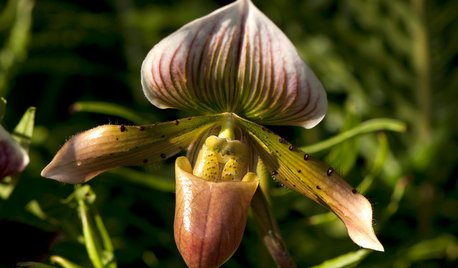
HOUSEPLANTSOrchids 101: Slipper Orchid Success
If you don’t already love Paphiopedilums, learning how to grow them with ease might change your mind
Full Story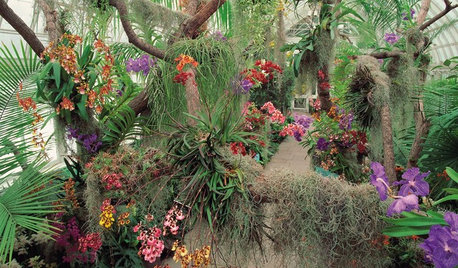
FLOWERSSee the Amazing Orchids Unfolding at a New York Garden Show
Get an eyeful of awe-inspiring orchids in incredible colors and learn how to keep one happily blooming at home
Full Story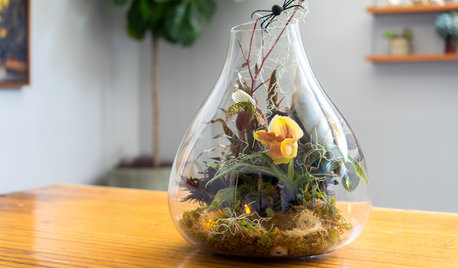
DIY PROJECTSHouzz DIY: Halloween Terrarium
Orchids, spooky foliage and carnivorous plants combine in this seasonal, easy-to-assemble terrarium decoration
Full Story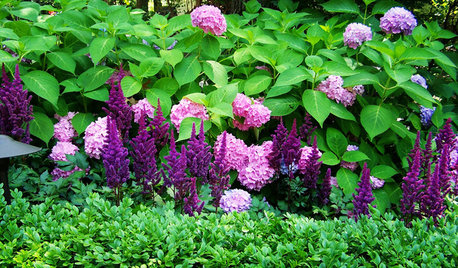
FLOWERS9 Plants That Channel Pantone’s Color of 2014
Try these pinkish-purple wonders to be right on trend — or just for their own captivating beauty
Full Story
DECORATING GUIDESFrom Queasy Colors to Killer Tables: Your Worst Decorating Mistakes
Houzzers spill the beans about buying blunders, painting problems and DIY disasters
Full Story
HOUSEPLANTS8 Essentials for Healthy Indoor Plants
Houseplants add so much to our homes — and can thrive when grown in the right conditions. Keep these tips in mind
Full Story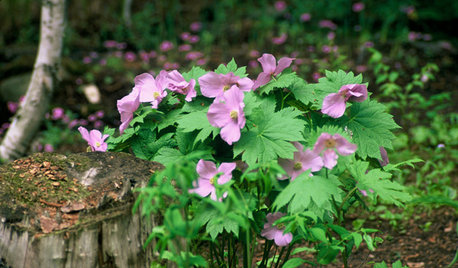
GARDENING GUIDES7 Shade-Loving Rarities of the Plant World
Cultivate a discriminating air in a shady garden patch with these uncommon woodland wonders
Full Story
COLORHow to Pick the Perfect Accent Color
Not sure what colors go together in a room? Here are suggested combinations for different moods and effects
Full Story
COLORPick-a-Paint Help: How to Quit Procrastinating on Color Choice
If you're up to your ears in paint chips but no further to pinning down a hue, our new 3-part series is for you
Full Story
HOME TECHFacebook Meets Fido: Pet Connections for the Digital Age
Three new products let you communicate with your dog or cat while you're at work
Full Story







lilydude
dottyinduncanOriginal Author
Related Professionals
Jennings Landscape Architects & Landscape Designers · Severn Landscape Architects & Landscape Designers · Avocado Heights Landscape Contractors · Alpharetta Landscape Contractors · Andover Landscape Contractors · Hollywood Landscape Contractors · North Lauderdale Landscape Contractors · Peachtree City Landscape Contractors · Thornton Landscape Contractors · Tinton Falls Landscape Contractors · Waipahu Landscape Contractors · Barrington Fence Contractors · Brooklyn Park Fence Contractors · Walnut Fence Contractors · Milwaukie Fence ContractorsEmbothrium
johnco5b
dottyinduncanOriginal Author
Embothrium
johnco5b
dottyinduncanOriginal Author
lisamind